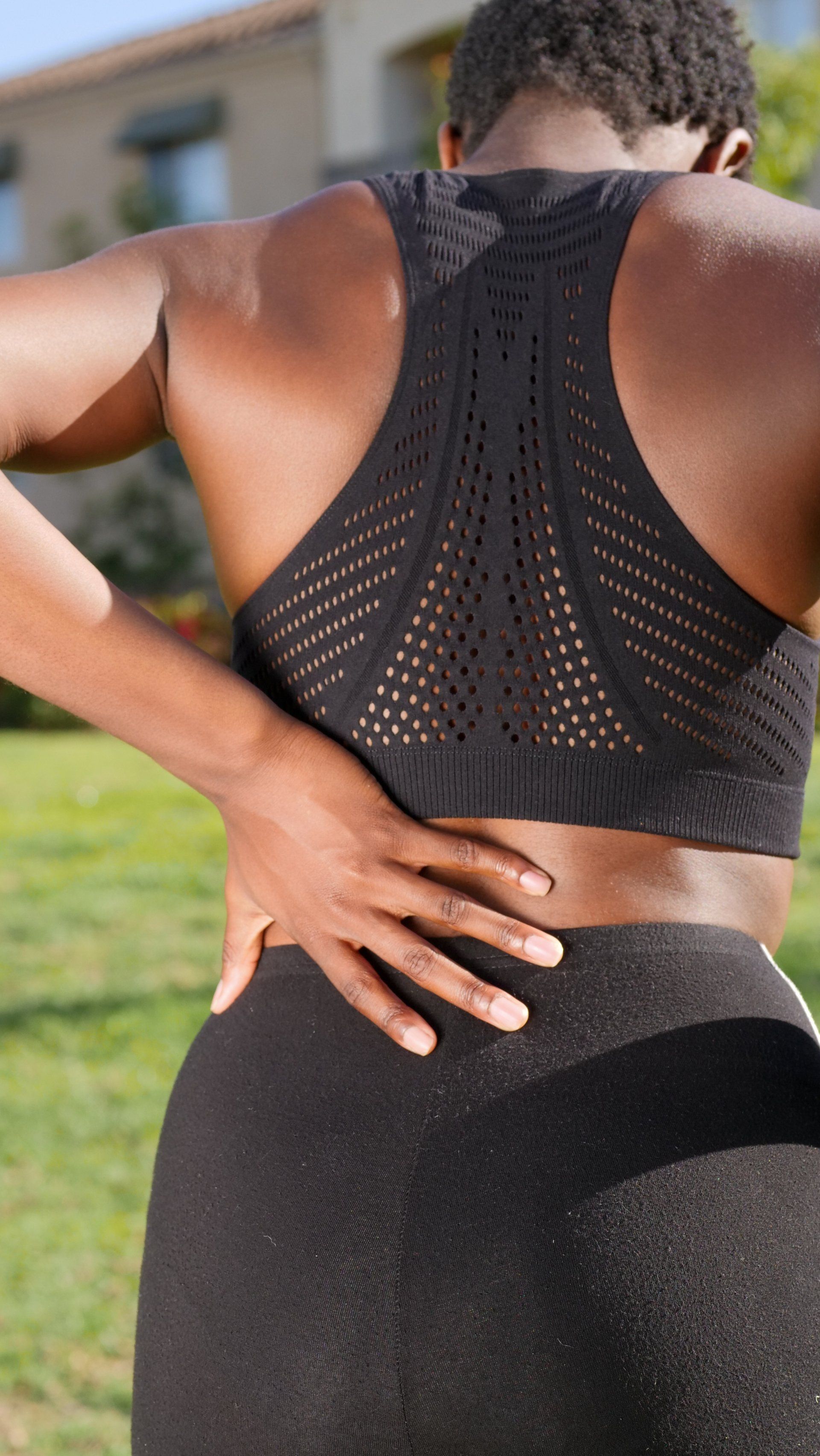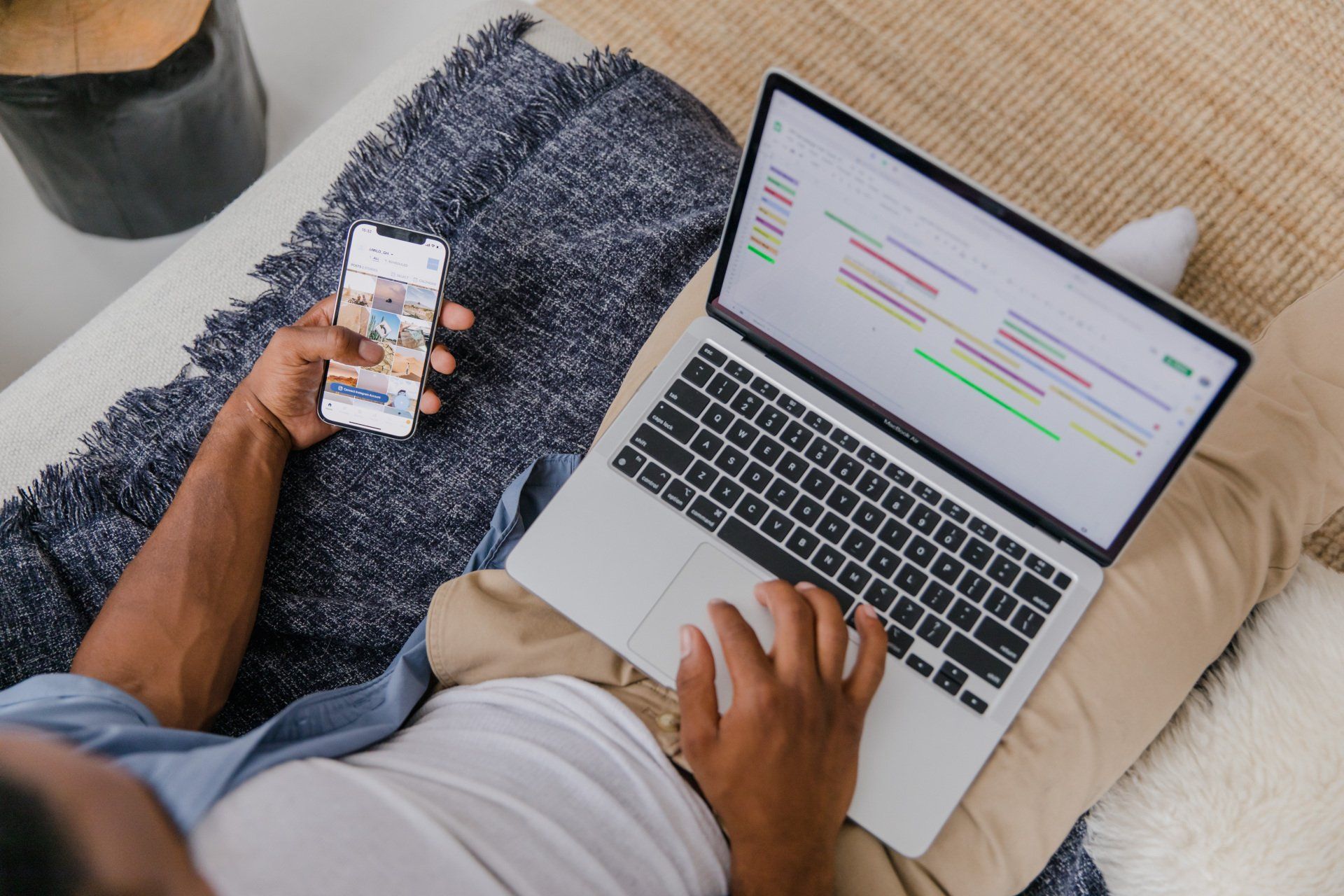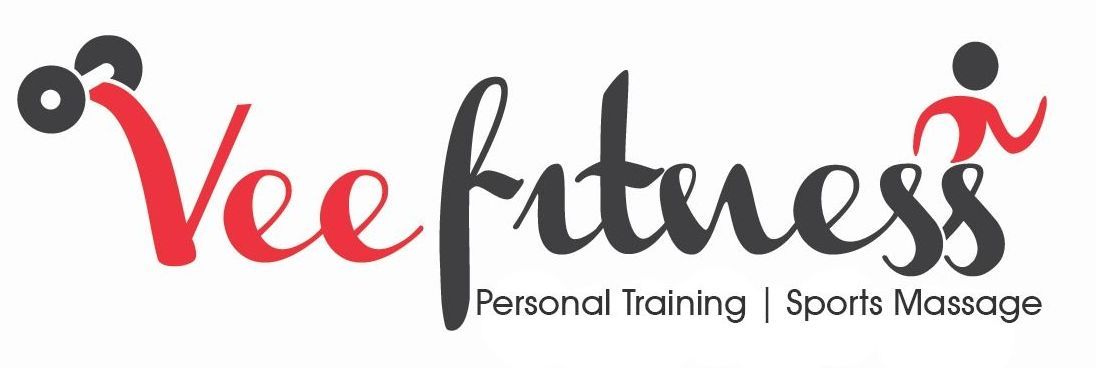Massage for Desk Workers – How to Fix Back and Neck Pain
If you spend your workday at a desk, you’ve probably felt that familiar tightness in your neck, shoulders, or lower back. Long periods of sitting cause muscle tension, reduced circulation, and postural imbalances — all of which can lead to chronic pain over time.
At our Hendon sports massage clinic, we help desk workers every week who are dealing with stiffness, tension headaches, and reduced mobility. This article explains how massage therapy can help — and what the science says about managing desk-related pain effectively.
1. Why Sitting Hurts: The Science Behind Desk Pain
Modern office work demands sustained static posture. This leads to muscle imbalances, especially tightness in the hip flexors, upper trapezius, and pectorals, and weakness in the glutes and deep neck flexors.
A 2020 study on female desk workers found that those with low back pain had reduced hip movement and increased lumbar motion, showing that poor movement patterns contribute to discomfort (1).
Other studies have consistently shown a high prevalence of neck and shoulder pain in office-based workers due to static postures, repetitive tasks, and psychosocial stress (2)(3).
2. What Research Says About Massage for Desk Workers
Massage therapy is widely used for managing musculoskeletal discomfort in office workers. Evidence shows that it can provide both physical and psychological benefits:
- A randomised controlled trial found that manual therapy (including massage) was feasible and effective in reducing work-related neck and shoulder pain (4).
- Another systematic review concluded that massage offered immediate relief for neck and shoulder pain compared with no treatment, though results were similar to other active therapies (like stretching) in the longer term (5).
- A workplace trial using massage chairs demonstrated reduced neck and shoulder pain intensity and improved range of motion among office workers (6).
In short: massage can reduce tension, ease discomfort, and promote better posture when used consistently — especially as part of a broader ergonomic plan.
3. Massage + Movement: The Best Combination
Massage helps release tight muscles, but for lasting change, you need to restore proper movement patterns. Evidence suggests that combining massage with stretching, strengthening, and postural awareness leads to longer-term improvements (7).
Try these simple changes between sessions:
- Stand up every 30–45 minutes for micro-breaks.
- Perform gentle neck and shoulder rolls several times a day.
- Stretch the hip flexors and chest regularly.
- Strengthen glutes and upper back muscles to offset sitting posture.
At our sports massage clinic in Hendon, we often integrate corrective mobility advice alongside hands-on treatment to support long-term postural health.
4. Psychological and Performance Benefits
Desk-related pain isn’t just physical. Prolonged tension can raise cortisol levels, reduce concentration, and affect productivity. Massage therapy has been shown to reduce anxiety, improve mood, and lower stress hormones (8).
Regular massage therefore helps not only your muscles — but also your overall mental wellbeing and work performance.
5. How Often Should You Have a Massage?
- For persistent neck/shoulder or lower-back tension: every 1–2 weeks initially.
- For general wellbeing and maintenance: every 3–4 weeks can help prevent symptoms returning.
- Combine sessions with ergonomic adjustments and daily movement for best results.
Remember: preventing stiffness is easier (and cheaper) than treating chronic pain.
Long hours at a desk don’t have to mean constant pain. With a combination of evidence-based massage therapy, postural correction, and movement habits, you can feel looser, stand taller, and work more comfortably.
If you’re in North London or Hendon, book a desk-worker massage session today. Our expert therapists specialise in sports massage for office workers and can tailor a plan to help you fix back and neck pain for good.
References:
- Kudo, S., et al. (2020). Differences in trunk and hip movement between female desk workers with and without low back pain. Journal of Physical Therapy Science, 32(11), 728–733. https://pubmed.ncbi.nlm.nih.gov/33132530/
- Cagnie, B. et al. (2007). Individual and work-related risk factors for neck pain among office workers: a cross-sectional study. European Spine Journal, 16(5), 679–686.
- Brandt, M., et al. (2004). Work-related neck and shoulder pain among office workers: prevalence and risk factors. Occupational Medicine, 54(2), 102–108.
- Hartvigsen, J., et al. (2013). Feasibility of manual therapy for work-related neck and shoulder pain: a pilot randomized trial. Chiropractic & Manual Therapies, 21(1), 5. https://pmc.ncbi.nlm.nih.gov/articles/PMC5080143/
- Furlan, A. D., et al. (2015). Massage for mechanical neck disorders: a systematic review. Cochrane Database of Systematic Reviews, (9), CD004871. https://pmc.ncbi.nlm.nih.gov/articles/PMC3600270/
- Choi, E., et al. (2023). Effect of a massage chair on neck and shoulder pain in office workers: a randomized controlled clinical trial. Journal of Back and Musculoskeletal Rehabilitation, 36(5), 961–969. https://doi.org/10.3233/BMR-220221
- Bervoets, D. C., et al. (2015). Massage therapy has short-term benefits for people with common musculoskeletal disorders: a systematic review. Journal of Physiotherapy, 61(3), 106–116.
Field, T. (2016). Massage therapy research review. Complementary Therapies in Clinical Practice, 24, 19–31.










